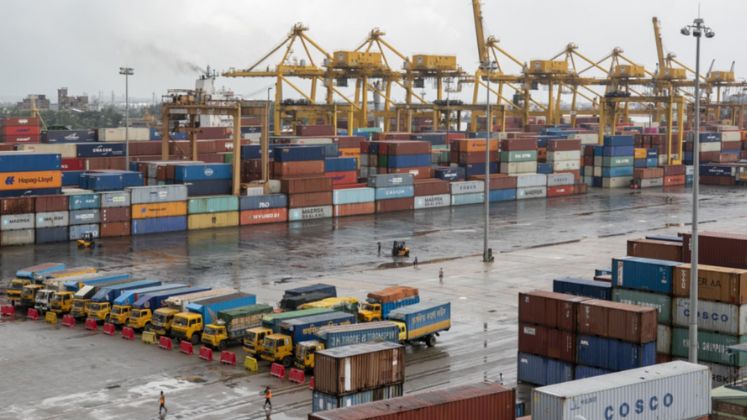
Bangladesh’s imports of raw materials for the readymade garment (RMG) sector rose by 9.9 percent in the financial year 2024-25, according to Bangladesh Bank data.
The country imported RMG raw materials, including raw cotton, yarn, staple fibre, and other accessories, worth US US $ 18.44 billion, up from US US $ 16.78 billion in FY ’24. Among the major components, yarn imports grew 12.3 percent to US US $ 3.61 billion, while textile and related articles saw a 16 percent increase to US US $ 8.69 billion. Staple fibre imports rose 10 percent to US US $ 1.53 billion, and imports of dyeing and tanning materials climbed 5.2 percent to US US $ 877 million. However, raw cotton imports fell 4.3 percent to US US $ 3.46 billion.
The RMG sector also remained the country’s top export earner, generating US US $ 39.35 billion in FY ’25, an 8.84 percent increase from US US $ 36.15 billion in FY ’24. This accounted for over 80 percent of Bangladesh’s total export earnings of US US $ 48.28 billion, with net exports from the sector totaling US US $ 20.91 billion, according to central bank figures and Export Promotion Bureau data.
Inamul Haq Khan, senior vice president of the Bangladesh Garment Manufacturers and Exporters Association (BGMEA), described FY ’25 as a strong year for the sector. “The values of exports, imports, and net exports indicate a stable situation for the RMG industry. We are hopeful that FY ’26 will also be positive,” he said.
He also highlighted the potential benefits of the United States’ recent adjustment of Bangladesh’s reciprocal tariff to 20 percent, similar to major competitors except India, which faces a 50 percent tariff. “This could lead to some orders shifting from India to Bangladesh. Our position in European and other markets remains strong, so raw material imports may rise further in FY ’26,” he added.
Khan urged the government to address domestic bottlenecks—such as energy shortages, port and customs inefficiencies, banking constraints, and ease-of-doing-business challenges—to support continued growth. “With sufficient policy support, we can meet targets as purchase orders are improving,” he said.
Meanwhile, imports of capital machinery declined 19.1 percent to US US $ 2.81 billion, and other capital goods fell 5.9 percent to US US $ 6.7 billion. Exporters attributed the slowdown to political transitions and uncertainties, which discouraged new investments.






